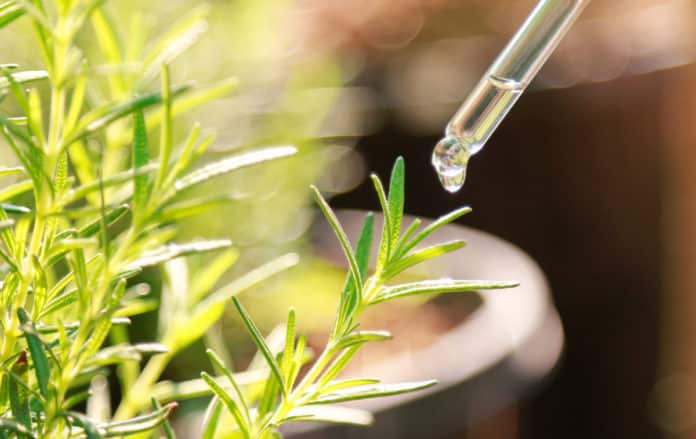Newly Discovered Function Of Auxin Is Opposite of What We Know
Increased levels of the hormone auxin to promote cell growth in plant tissues – this is what we all know but that’s not all that Auxin’s function is. In a latest finding Chinese scientists, together with researchers from the Institute of Science and Technology Austria (IST Austria), have identified that in special regions of the seedling, increased auxin levels activate another gene expression pathway resulting in growth inhibition.
Varied auxin concentrations mediate different developmental outcomes in various plant cells. The main reason behind the increase in cell elongation and growth of the stem is auxin accumulation in stem cells triggers a gene expression. A growth scenario, which cannot be explained in an analogous way, however, is the development of the hook that the plant forms to protect its apex when breaking through the soil. Scientists thus faced with a paradoxical situation and asked themselves: Can auxin do something different from what it has been known to perform in different parts of the plants?
To solve the mystery, the research group around Tongda Xu in the Chinese Academy of Sciences collaborated with his postdoc fellow Zuzana Gelová and IST Austria plant cell biologist
Jiri Friml. The scientists revealed a previously unknown gene expression leading to the inhibition of growth and triggered by auxin accumulation by testing a variety of mutants of the model plant Arabidopsis thaliana. While the previously known pathway can be found at the nucleus and involves the receptor protein transport inhibitor response 1 (TIR1), this newly discovered pathway starts at the cell surface–and involves a different perception element, transmembrane kinase (TMK1), the function of which was unclear.In the mechanism developed recently, auxin activates TMK1 at the cell surface and triggers cleavage of the intracellular part of this protein. On one hand, Inside the cell, the part of TMK1 interacts with specific transcriptional repressors. While on the other hand auxin degrades similar repressor proteins in the nucleus-based TIR1 pathway to trigger gene expression leading to cell growth and further stabilizes the repressors connected to the TMK1 pathway, resulting in growth inhibition as opposed to stimulation.
Thus, TMK1 and TIR1 interact with various subsets of proteins and ease auxin signaling by two different mechanisms, allowing the shoot but not the other. Co-author Jiri Friml stated that- they wanted to know for a long time how TMK1 functions as well as whether and how auxin accumulation can function in two unique ways.
The above study was published in Nature titled – “TMK1-mediated auxin signaling regulates differential growth of the apical hook.“






























